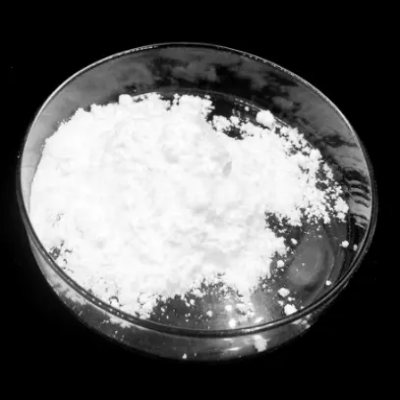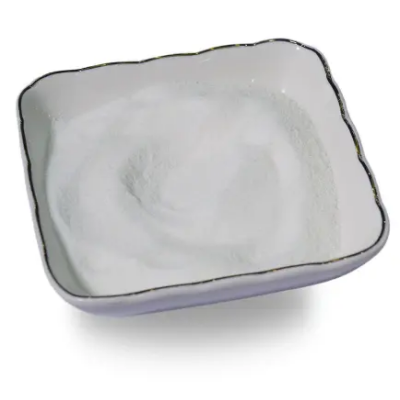3-Bromobiphenyl CAS:2113-57-7
3-Bromobiphenyl (C12H9Br) is a substituted biphenyl compound notable for its structural characteristics and wide-ranging applications in chemistry and material sciences. Biphenyl itself is composed of two phenyl groups connected by a single carbon-carbon bond, allowing for a degree of rotational freedom that can influence its physical and chemical properties. The substitution of a bromine atom at the meta position (the third carbon relative to either phenyl ring) introduces unique reactivity patterns and modifies the compound's electronic distribution, which plays a crucial role in its function in various chemical processes. One of the primary areas where 3-bromobiphenyl finds application is in organic synthesis. Due to the presence of the bromine atom, it can participate in nucleophilic substitution reactions, facilitating the introduction of other functional groups. This property makes it a valuable intermediate for synthesizing a variety of complex organic molecules, including pharmaceuticals and agrochemicals. For example, 3-bromobiphenyl can be involved in cross-coupling reactions such as Suzuki or Heck reactions, which are widely employed in the construction of carbon-carbon bonds in organic synthesis. Additionally, 3-bromobiphenyl has garnered interest in materials science due to its electronic properties. It can serve as a building block in the development of organic semiconductors and liquid crystals, which are key components in electronic devices, displays, and optoelectronics. The bromine substituent can enhance the solubility and stability of these materials while providing opportunities for tuning their electronic characteristics. In the field of environmental science, 3-bromobiphenyl and its derivatives are studied for their potential impact as persistent organic pollutants (POPs). As a brominated compound, it may exhibit bioaccumulation tendencies and pose risks to ecosystems, prompting research into its degradation pathways and environmental fate. Moreover, the study of 3-bromobiphenyl contributes to understanding the biological effects of brominated compounds. Investigations into its interaction with cellular systems reveal insights into toxicity mechanisms and potential health risks associated with exposure to brominated flame retardants present in consumer products. Overall, 3-bromobiphenyl exemplifies a versatile compound with significant implications across various scientific disciplines. Its reactivity as a halogenated aromatic compound, coupled with its applications in synthetic chemistry and materials science, underscores its relevance in both academic research and industrial applications. Continued exploration of its properties and potential uses will likely provide further insights into its role in advancing synthetic methodologies and developing new materials for technological applications.



| Composition | C12H9Br |
| Assay | 99% |
| Appearance | white powder |
| CAS No. | 2113-57-7 |
| Packing | Small and bulk |
| Shelf Life | 2 years |
| Storage | Store in cool and dry area |
| Certification | ISO. |









